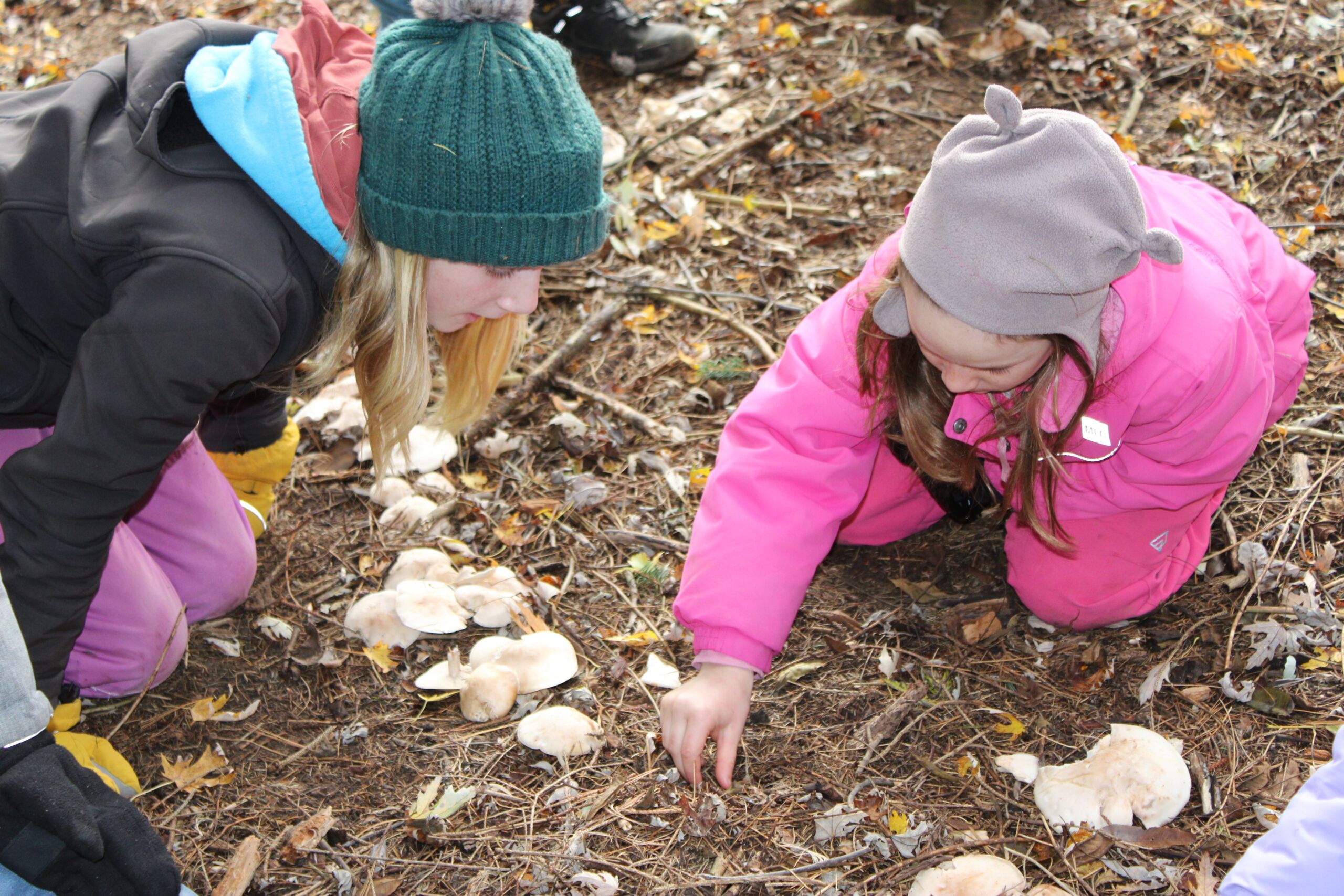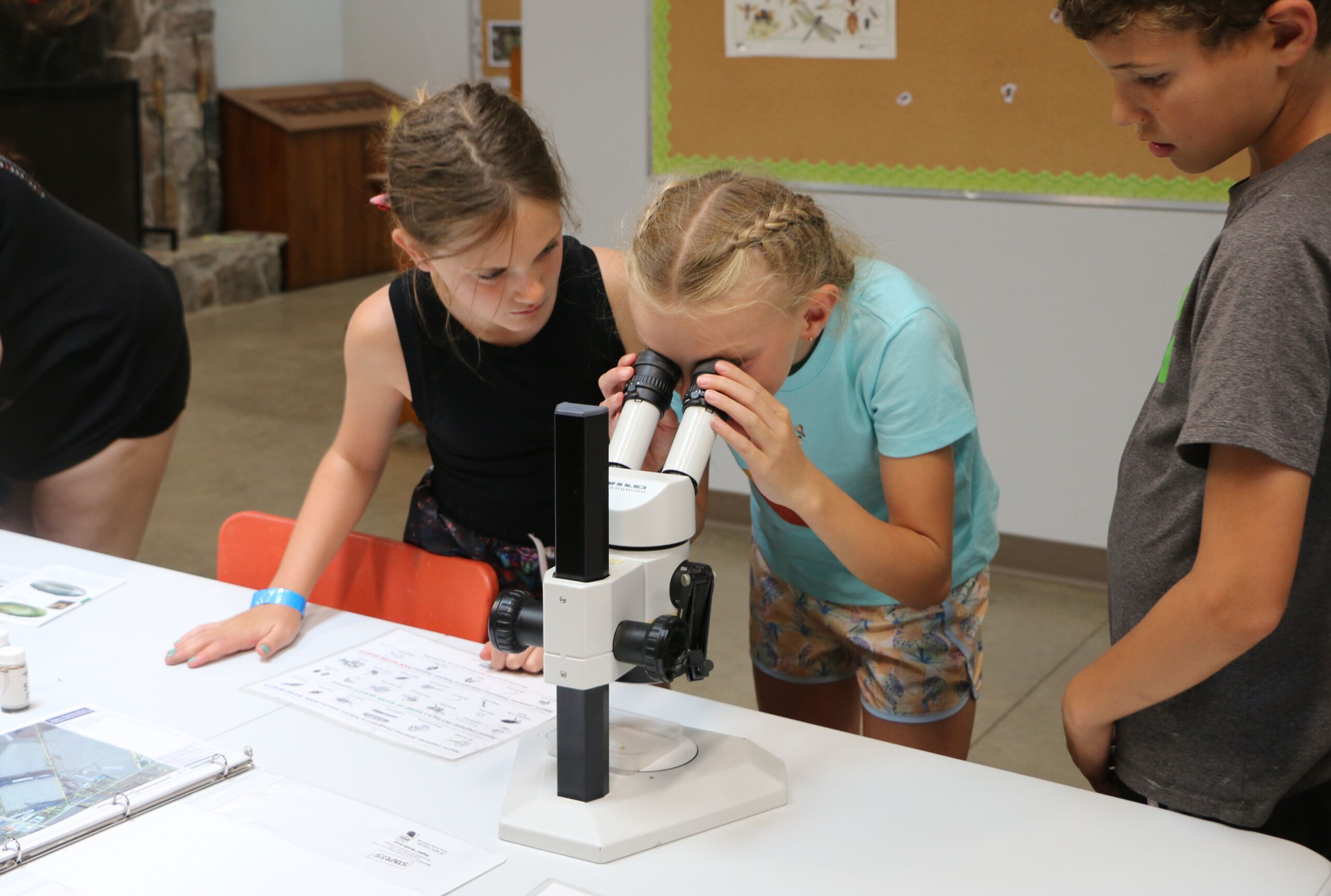Wildwood Outdoor Education Centre: Programs for Pre-school, Kindergarten and Elementary Students
Programs and Bookings
We offer a wide range of environmental educational programs for pre-school, kindergarten, and elementary classes at the Wildwood Outdoor Education Centre (Wildwood Conservation Area). All programs meet Ontario curriculum requirements.
To book a program, please email Caroline Biel, Community Education Specialist, or Matthew Marchioni, Community Education Technician.
Program Length
All programs are 1.5 hours in length and typically run in the morning from 9:30 am – 11 am and in the afternoon from 12:30 pm – 2 pm. However, these times can be flexible based on bus requirements and bell times.
All programs are a half-day unless specified otherwise. If you choose to combine two programs to create a full-day experience, a space for your class to eat lunch will be available.
Program Fees:
- $8/student/half-day
- $16/student/full-day
- $136 minimum charge/half-day for groups with fewer than 16 students
- No charge for teachers or volunteers


Program Descriptions
Quick View: Elementary Outdoor Education Programs by Grade
| Grade | Programs Offered |
|---|---|
| Pre-school | Christmas Hug-a-Tree |
| Kindergarten | Sensory Nature Hike, Winter for the Animals, Christmas for the Animals, Winter Walk, Forest Free Plant, Stream Safari |
| Grade 1 | Winter for the Animals, Christmas for the Animals, Forest Free Play, Winter Walk, Stream Safari, Fabulous Fall, Spring Sensations |
| Grade 2 | Monarchs on the Map, Amazing Adaptations: Bugs!, Amazing Adaptations: Forest Animals! Birds of a Feather |
| Grade 3 | Monarchs on the Map, Flora Frenzy: Discovering the Magic of Plants, Tree Tales, Save Our Soil |
| Grade 4 | Wildwood Habitats and Communities, Oh Deer!, Animal Survivor Game |
| Grade 5 | Animal Survival Game, Surviving the Elements, Map Quest, Earth Allies: Stewardship in Action |
| Grade 6 | Animals Survival Game, Threats to Biodiversity, Map Quest, Earth Allies: Stewardship in Action |
| Grade 7 | Animals Survival Game, Wilderness Survival, Team Building, Interactions in Our Local Environment, Intermediate Map and Compass Orienteering, The Amazing GPS Race |
| Grade 8 | Animals Survival Game, The Amazing GPS Race, Wilderness Survival, Team Building, Intermediate Map and Compass Orienteering |
Recommended Full-day Program Combinations
| Grade | Curriculum Theme | Recommended Full-day Program Combination |
|---|---|---|
| Kindergarten | The Kindergarten Program | In spring, combine two: Sensory Nature Hike, Stream Safari, and Forest Free Play |
| Grade 1 | Needs and Characteristics of Living Things, Daily and Seasonal Changes | In fall, combine Fabulous Fall with Sensory Nature Hike. In spring, combine two: Spring Sensations, Sensory Nature Hike, Stream Safari, and Forest Free Play |
| Grade 2 | Growth and Changes in Animals, Air and Water | Combine two: Monarchs on the Map, Amazing Adaptations: Forest Animals!, and Amazing Adaptations: Bugs! |
| Grade 3 | Plants, Soils | Combine two: Save our Soil, Monarchs on the Map, and Flora Frenzy: Discovering the Magic of Plants |
| Grade 4 | Habitats and Communities | Combine Wildwood Habitats and Communities with Animal Survival Game |
| Grade 5 | Conservation of Energy and Resources, Mathematics: Algebra and Spatial Sense | Combine Animal Survival Game and MapQuest |
| Grade 6 | Biodiversity | Combine Biodiversity 911 with Animal Survival Game |
| Grade 7 | Interactions in the Environment, Physical Patterns in a Changing World | Combine Animal Survival Game and Interactions in our Local Environment. Alternatively, combine Team Building with Intermediate Map and Compass Orienteering or Amazing GPS Race |
| Grade 8 | Water Systems, Global Settlement Patterns and Sustainability, Social Emotional Learning Skills | Combine SPLASH with Intermediate Map and Compass Orienteering or Amazing GPS Race. Alternatively, combine Animal Survival Game with Team Building. |

